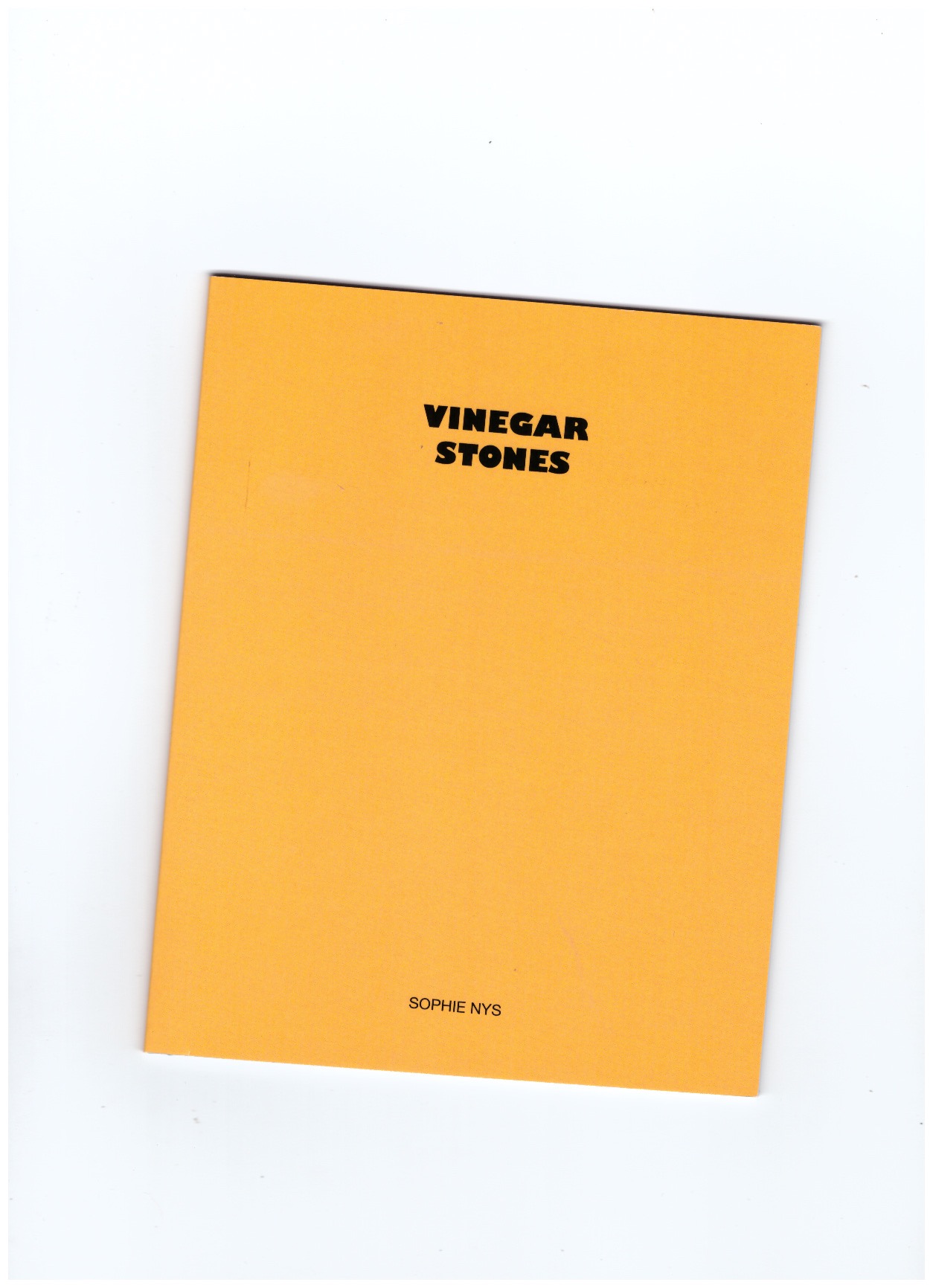NYS, Sophie
Vinegar Stones
‘Vinegar stones’ were created by local authorities back in the 17th century as a containment system to battle the Great Plague, which was one of the most devastating pandemics since the Black Death. A number of these grim relics exist today and can be seen throughout many parts of Great Britain.
At the time vinegar and urine were thought to cleanse objects of the virus, therefore they were used extensively in situations involving tainted individuals. Direct contact with those being isolated was forbidden, and coins coming from a plague area were considered contaminated, making sales transactions almost impossible. ‘Vinegar stones’ made of hollowed out rock filled with vinegar were seen as a way of mitigating the dangers of this situation and enabled the exchange of goods and money to flow freely between infected and non-infected communities—in this case ‘infected’ coins would be left inside the vinegar where it would later be exchanged for commodities, such as food or clothing.
Intrigued by the sombre beauty of these historical artifacts, Belgian artist Sophie Nys documented all remaining vinegar stones known to exist. Cut-out, isolated, and centered on graduated black and white backgrounds the full set of 22 stones are presented with the artist’s identifiable, straight-up flair for the uncanny. Accompanying the suite of images is a wonderful evocative text written by Will Heinrich.
[publisher's note]
Published by Bywater Bros., 2015
Artists' Books
